About the author...
Charlotte Ashby is a lecturer in the History of Art and Design at Birkbeck and Oxford. Her new book, Modernism in Scandinavia: Art, Architecture and Design, is out now.
The role of national hero can be seen illustrated in this fresco from the North wall of the main hall of the Oslo City Hall.
Two national heroes frame the composition to either side: Fritjof
Nansen, the explorer, scientist and holder of a Nobel prize for his
humanitarian work, to the west, and Bjørnstjerne Bjørnson, the author and
holder of the 1903 Nobel prize for literature, to the east. Between these two,
literally and metaphorically giant, figures of both national and international renown stand a collection of
more anonymous figures, representing the Norwegian people, and allusions to the
Norwegian way of life.
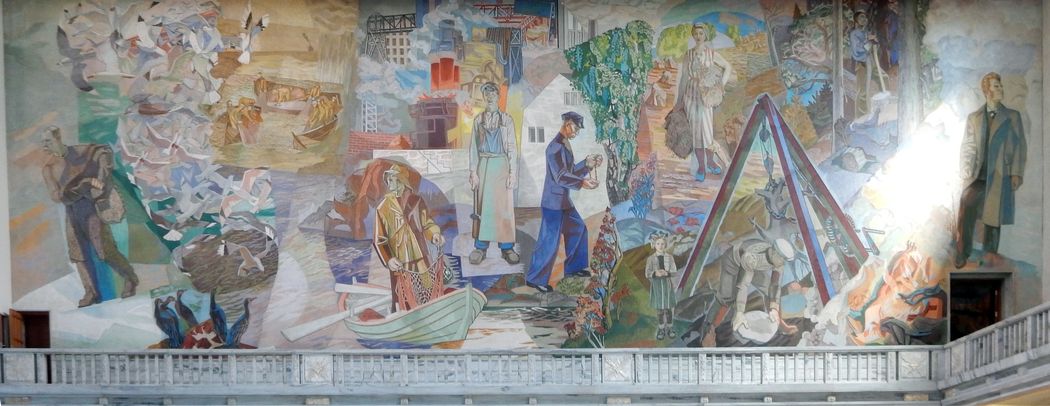
Alf Rolfsen, Working Norwegian: From the Drift Nets to the Forests of the East, fresco, Oslo City Hall, 1938-1942
The turn of the nineteenth into the twentieth century was a crucial period for the nation building and cultural development of the smaller Nordic nations.
One of the central attributes of nationhood was having your own independent culture. International trade, international exhibitions and international media, meant nation competed with and was compared with others as never before. Some nations felt they measured up better than others. This created a pressing need for national heroes as embodiments of national culture and national achievement.
But to be received as a national hero, the international or cosmopolitan had to be domesticated and their art had to be re-patriated. This is where the artist's home/ museum/ shrine comes in as an important step in this process. Through this the artist is brought home, the home-coming is naturalised, and his work is simultaneously democratised as the property of 'the people'.
Einar Jonsson was the first Icelandic sculptor. He trained in Copenhagen from 1895 onwards and Rome before settling in Copenhagen to work, where there was a much bigger art-buying public than in Iceland at the time.
He and his sculptures finally returned to Iceland in 1914, when the Icelandic parliament finally accepted the offer he originally made in 1908. This offer was to donate all his art to the Icelandic people in return for its being transported and housed in a purpose-built museum and studio in which he would live and work for the rest of his life.
The budget for the new building assigned by parliament was doubled by public subscription, a powerful indication of the popular feeling in Iceland surrounding the repatriation and preservation of the work of this Icelandic sculptor.
His studio museum was built to a design developed by him and the city architect, Einar Erlendsson, on a hillside on the edge of Reykjavik. His sculptures were put on display through the ground floor and basement of the building, as well as the surrounding garden. Einar and his wife lived in a small apartment in the central tower above the museum.
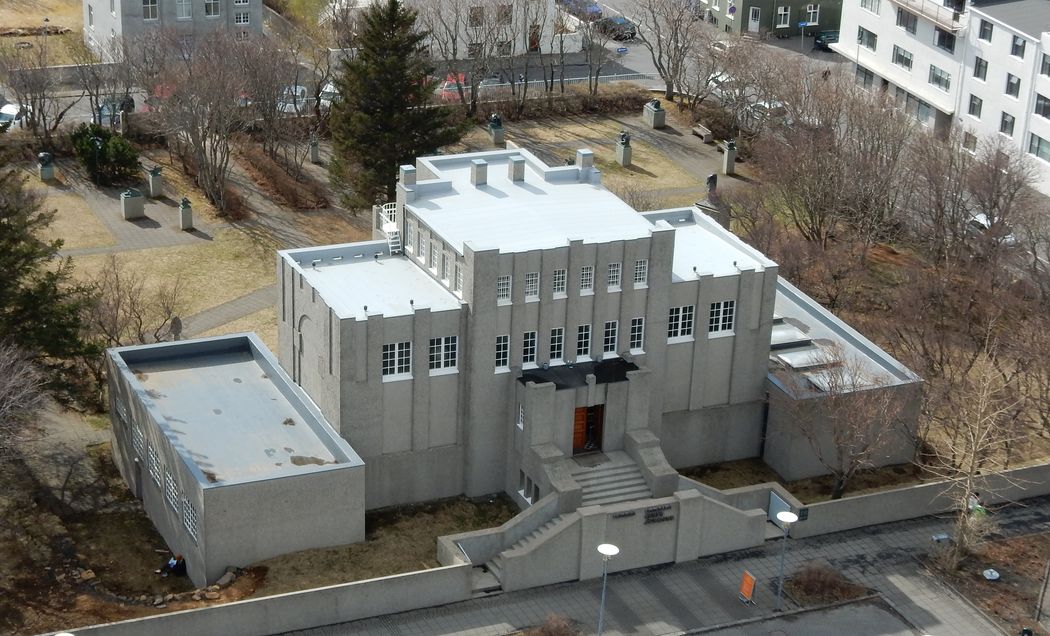
Einar Erlendsson and Einar Jónsson, The Einar Jónsson Museum, Reykjavík, 1916-1923
Gustaf Vigeland was a Norwegian sculptor who had studied in Oslo and then Copenhagen, as well as making study tours to Paris, Berlin and Italy through the 1890s. He made an offer in 1919 to the city of Oslo to donate all his past and future work to the city, in return for the construction of a studio-museum for him to occupy for the rest of his life. The offer was accepted, with the formal contract being signed in 1921.
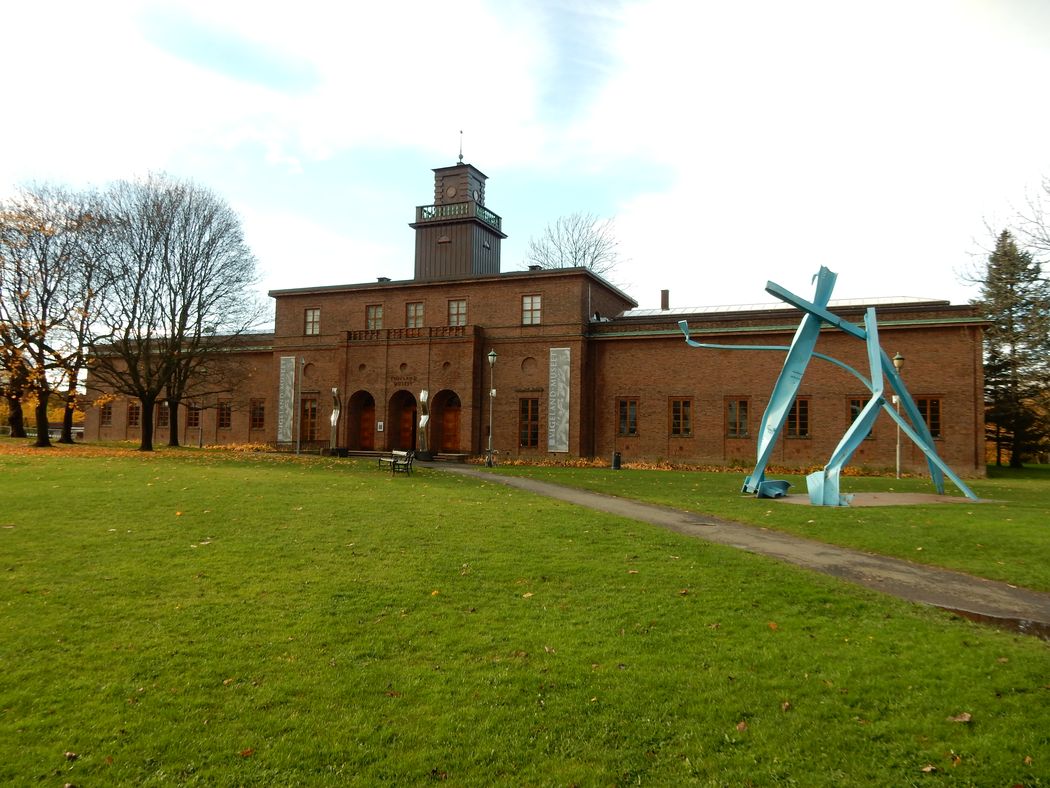
Lorentz Ree and Carl Buch, The Vigeland Museum, Oslo, 1921-24
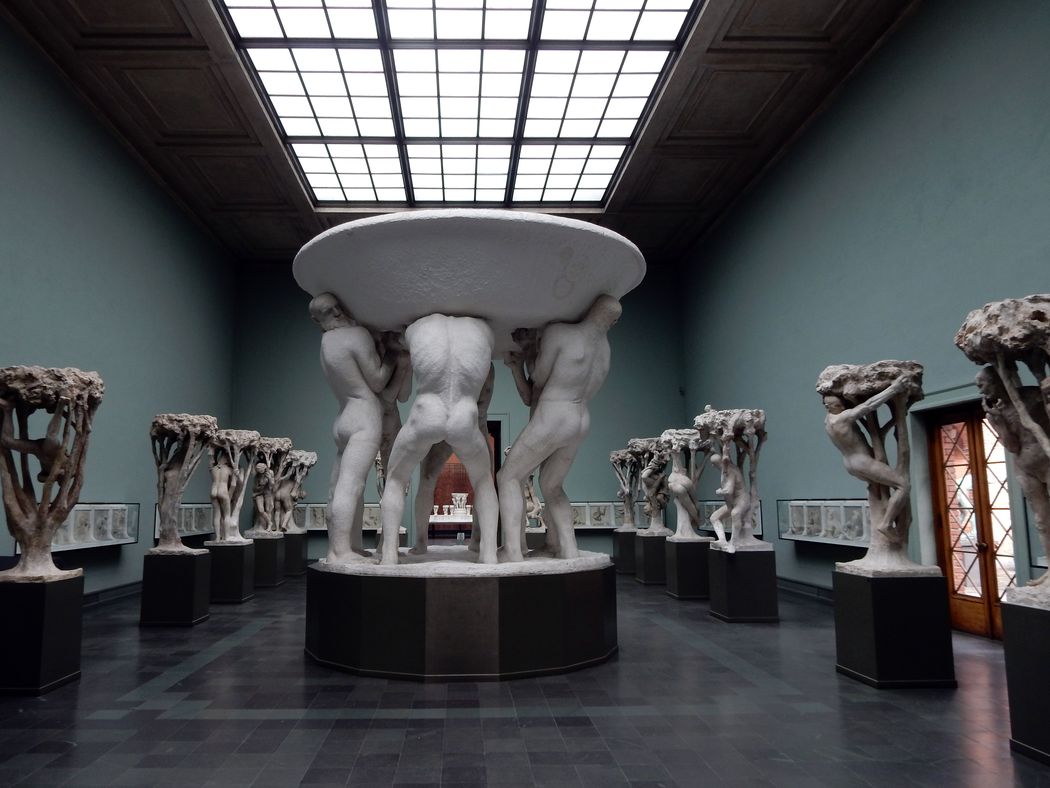
Lorentz Ree and Carl Buch, The Vigeland Museum, interior, Oslo, 1921-24
Vigeland lived and worked in the studio for the rest of his life. The tower above the museum contains an urn for his ashes, making it simultaneously a studio, a museum, a home and a mausoleum or shrine to his work.
The basis for both artists' homecoming was the building of these dedicated studio-museum-homes. This aspiration connects them both to the Thorvaldsen Museum in Copenhagen, founded in 1838. Thorvaldsen's presence as a national cultural hero in Denmark loomed large over the practice of Nordic sculpture and operated as a source of inspiration to subsequent generations.
Bertel Thorvaldsen was one of the preeminent European classical sculptors in the early nineteenth century. His studio in Rome drew patrons from across Europe. He was 'brought home' in 1838, in a dramatic performance of naturalisation. The king of Denmark sent a ship to Italy to collect him and all the work in his studio. 40,000 people lined the streets to cheer the returning hero.
The act of return, as an event, played a significant part, or even a vital part, in the story of Thorvaldsen's apotheosis as a Danish hero, neutralising the fact that the majority of his career was spent in Rome working for an international client base.
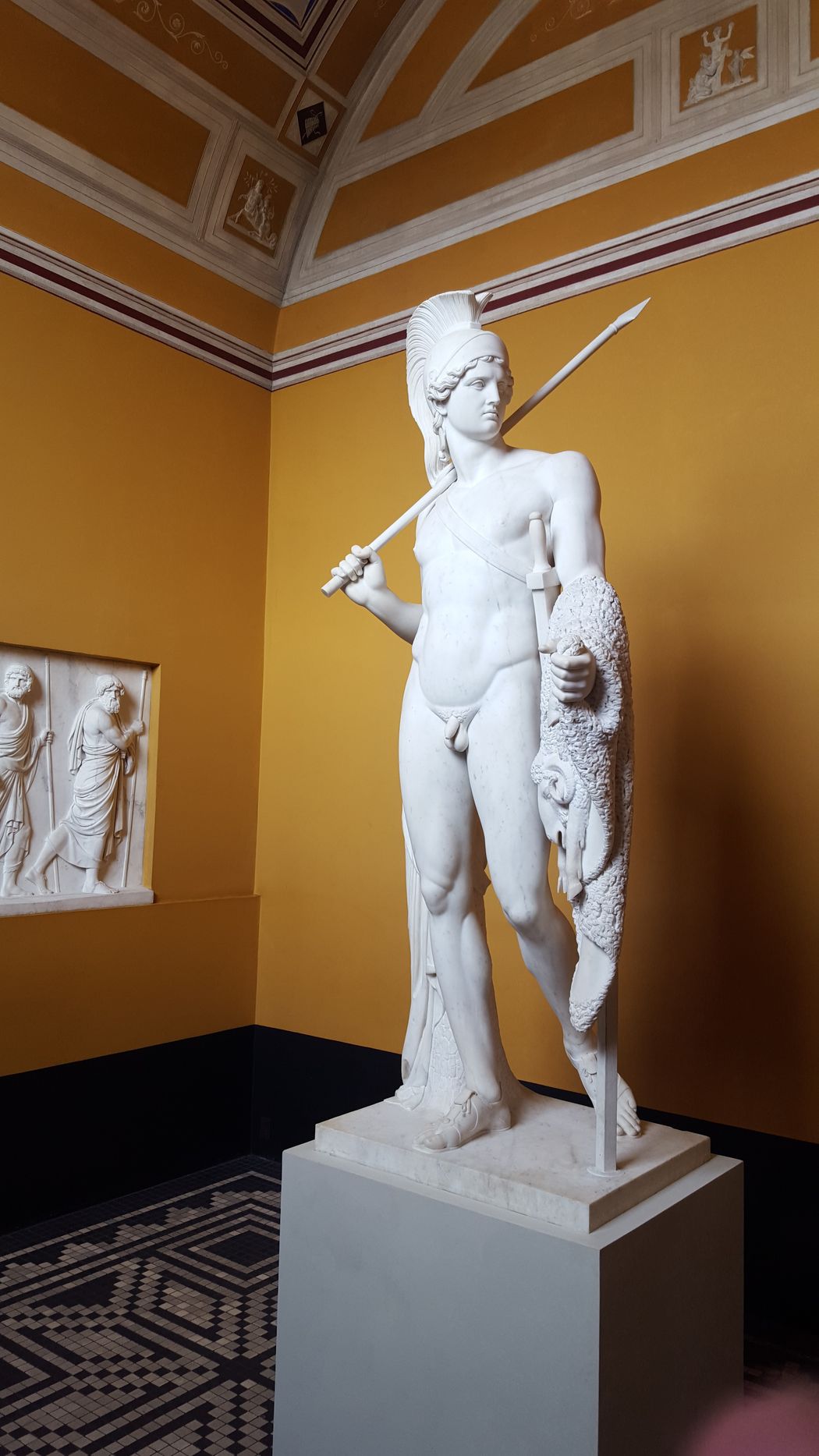
Bertel Thorvaldsen, Jason with the Golden Fleece, marble, 1828. Thorvaldsen Museum
Thorvaldsen's work and, on his death, his body was enshrined in a purpose-built temple to his genius - a museum-shrine undoubtedly visited by the young Jonsson and Vigeland during their studies in Copenhagen.
One can imagine these two young sculptors, from nations with little or no high art heritage, being inspired by Thorvaldsen and thinking that perhaps one day they too could return to their home nations and have their work enshrined in a similar mannar. A self-portrait statuette of Thorvaldsen still stands on Einar's desk in his apartment in Reykjavik.
Charlotte Ashby is a lecturer in the History of Art and Design at Birkbeck and Oxford. Her new book, Modernism in Scandinavia: Art, Architecture and Design, is out now.